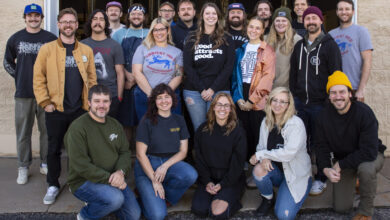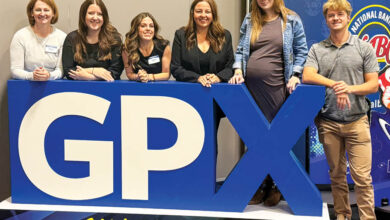
“You never get a second chance,” as they say. This is true in most situations and customer experience is no different.
First impressions
The first interactions with a prospect set the stage for all the interactions afterward, either as comparisons, reaffirmations, or corrections to the crucial first encounter. How you and your employees first meet a customer carries the highest attribution of any part of the customer journey. There is no ad, coupon, warranty, or sales tactic that can come close to the perfect first impression. Psychology research indicates you need five positive interactions to outweigh a single negative one. Start strong and get ahead of the game with just a word.
R.I.P. Gerry Layo
The founder of Sales Coach International, Gerry Layo, used to talk about one of his favorite tactics in sales. It was saying “Welcome” to anyone who walked in the door. Gerry is sadly no longer with us, but his legacy endures in the truths he would deliver during his famous sales seminars. He always said that he carried around $300 in $5 bills in his pocket. He claimed that he would give a crisp five-spot to any hotel front desk clerk, door greeter, airline ticket desk, taxi driver, and anyone else that was likely to be the first interaction with a company, whenever they used the word “welcome.” He also claimed to have given out no more than $35 in any twelve-month period. While it is a compelling opener to a training segment, he did actually have a wad of cash on him at every seminar I ever participated in.
Elegant in its simplicity
It takes no more than a second or two; “Welcome to [your company].” It can follow with a set of expectations for the customer (please take a look at our clearance specials, or how can I help you today?), or it can hang in the air by itself. It’s equally effective in both forms. What it secretly says is, “I’m glad you’re here.” Every customer wants to hear that. They want to know that a company appreciates them and their business. If you believe the customer pays your paycheck, welcoming them to your establishment is the embodiment of that ideal.
Beyond anecdotes
It’s one thing to suggest it’s just common sense to want to be nice to your customers. This idea is also backed by science in the form of inherent bias in our brains. One definition for bias is “a disproportionate weight in favor of or against an idea or thing.” Simply, you’ve subconsciously made the decision in your brain based on your bias and you are looking for evidence to prove or disprove it. We all have biases in some form. The key is to be aware of it. The two forms of bias that will hurt your customer experience the most are negativity and anchoring.
Negativity bias
Dr. John Cacioppo studied negativity in the brain. The brain “reacts more strongly to stimuli it deems negative. There is a greater surge in electrical activity. Thus, our attitudes are more heavily influenced by downbeat news than good news.” The danger with this is that somebody who is already having a bad day will very easily blame you, your team, your products, and your company for how they feel; and it won’t be your fault. Using small interactions like welcoming customers and smiling adds up to great customer service; we humans need a lot of little things strung together to counteract our negativity bias. “Occasional big positive experiences — say, a birthday bash — are nice. But they don’t make the necessary impact on our brain to override the tilt to negativity. It takes frequent small positive experiences to tip the scales toward happiness,” according to Psychology Today.
Anchoring bias
In addition to leaning into negativity, our brains also figuratively hold grudges. We let earlier events affect later events and we have trouble isolating them from each other, logically. Back in February, I wrote about tactics in price psychology. Anchoring bias causes us to rely too heavily on the first piece of information. As of this writing, the national average for a gallon of gasoline is $3.32. If it stays this way for a while, we will become accustomed to this price, so when it goes up, we get angry. If it stabilizes over $4 per gallon for a while, we rest our “psychological anchors” and find ourselves excited when the price goes back into the $3 territory.
The same thing happens with a genuine welcome. You have psychologically placed the customer in a pleasant environment where they feel appreciated. It gives you a lot of flexibility to deliver bad news (if you can’t deliver because of supply chain issues, for example), or if you need to charge a rush fee to have their order ready right away.
Enormous return on investment
A simple “welcome,” with a smile, can produce excellent dividends in the form of increased revenue, upsell opportunities, and word-of-mouth. It can be a smile in person, from behind a mask, or over the phone. What matters is the intention and effort you put into the greeting and how you transition the prospect into a longtime customer. Get the first impression right, and the profits will follow.



